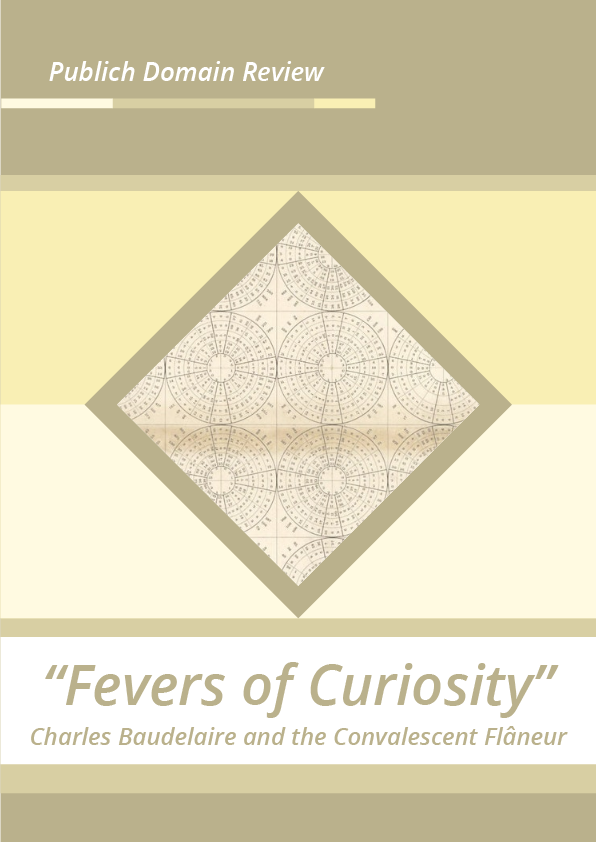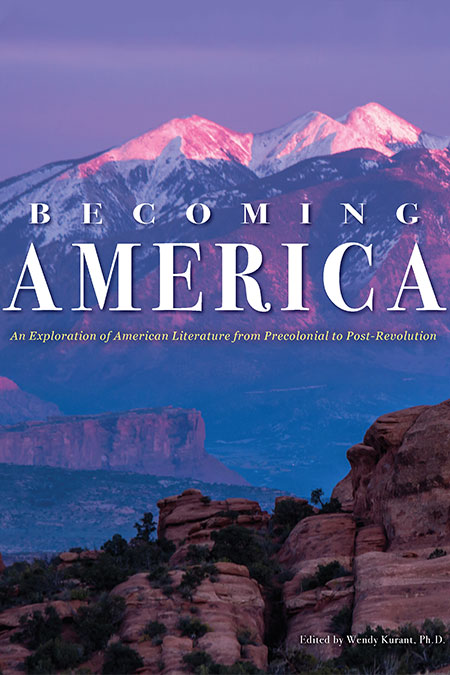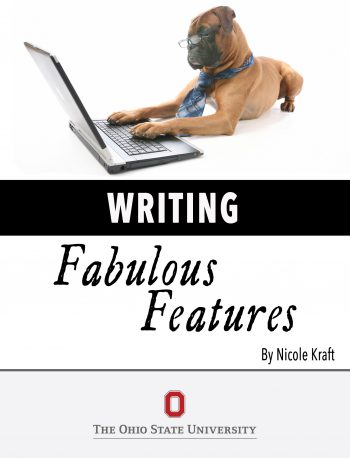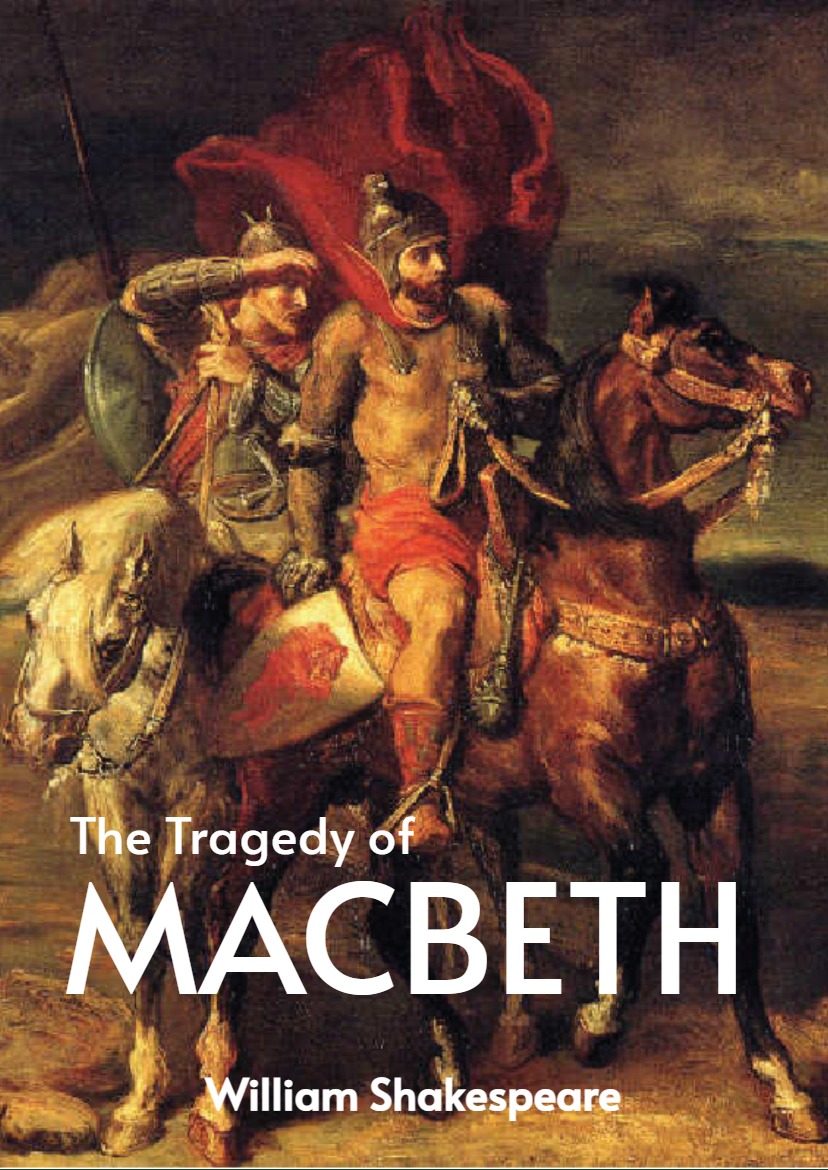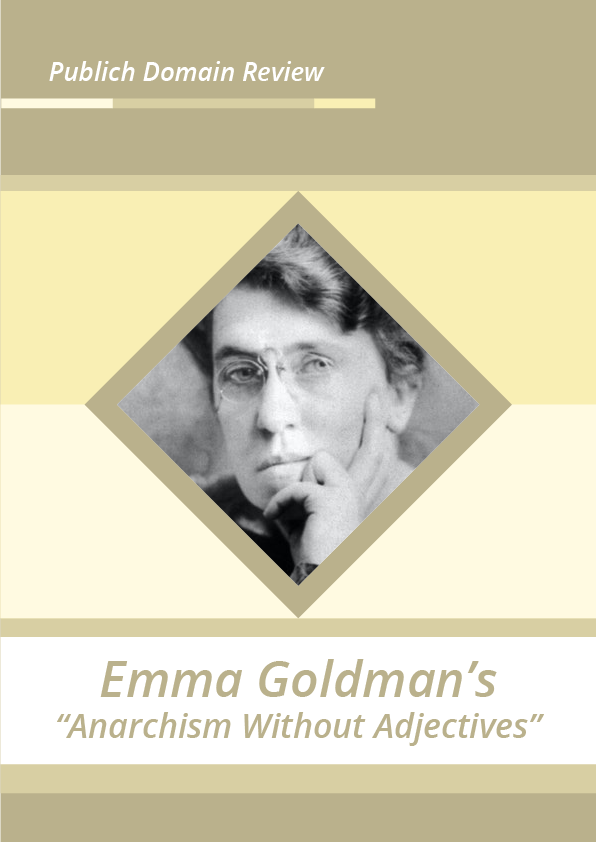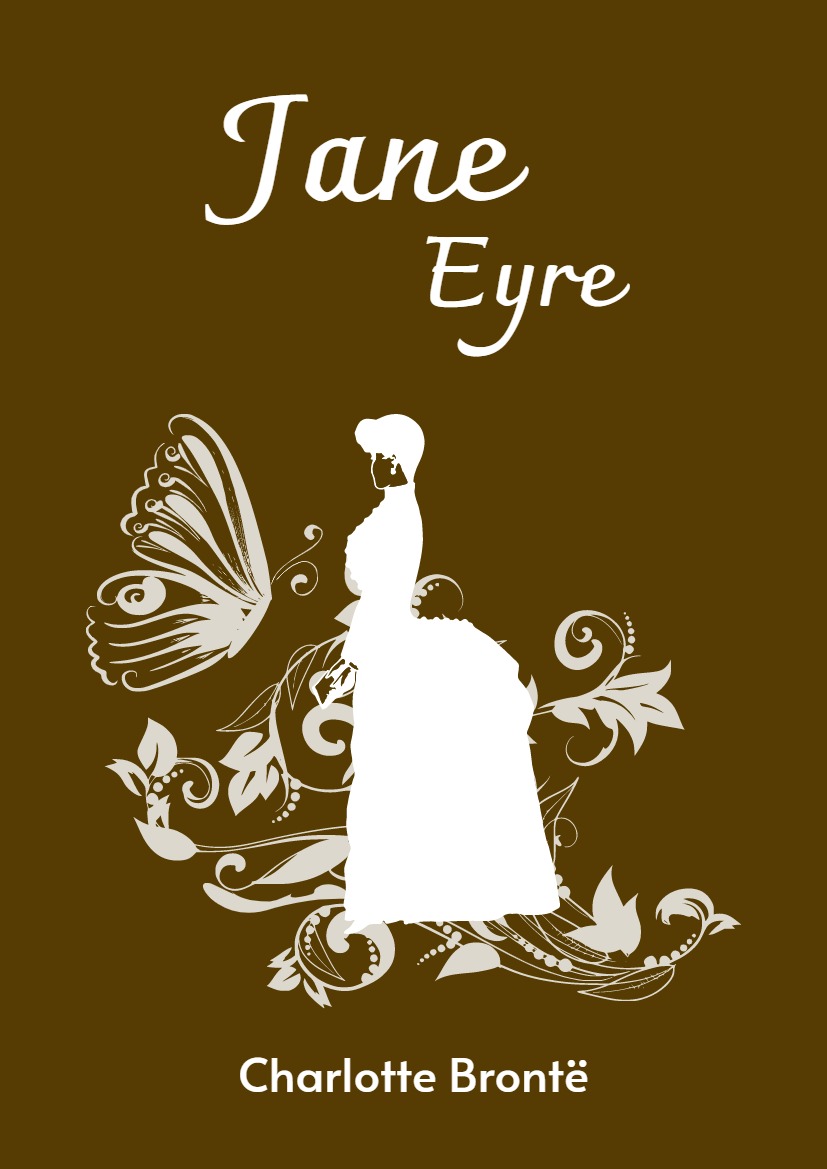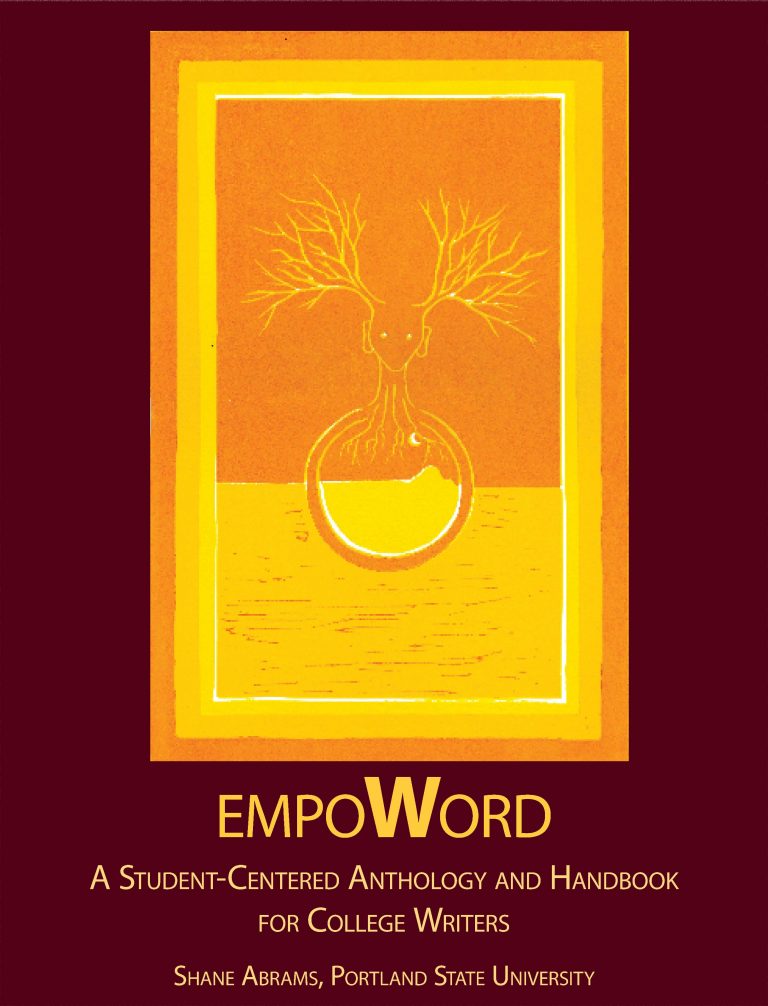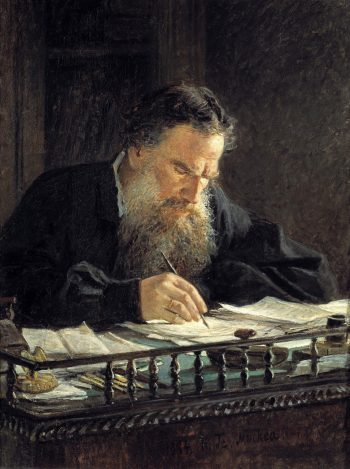In 1838, as the United States began its Exploring Expedition to the South Seas, Edgar Allan Poe published a novel that masqueraded as a travelogue. John Tresch guides us along this strange trip southward, following the pull of its unfathomable mysteries.
In May, 1837, the U.S. economy screeched to a halt; the panic struck. Martin Van Buren had inherited an impending disaster. Interest rates in England had recently risen and cotton prices plunged. The nation plummeted into seven years of stagnation.
All the while, Edgar Allan Poe worked with a focus sharpened by hunger. Years earlier, when Poe wrote to editors in hopes of publishing Tales of the Folio Club — each written in a distinct style, exaggerating the conventions and clichés of established genres and authors, often uproariously — he was warned that there was little public appetite for story collections. James Kirke Paulding, a reviewer for Harper & Brothers, said Americans preferred works “in which a single and connected story occupies the whole volume”.
Poe took the advice. In late 1836, still in Richmond, Virginia, he began a seafaring novel inspired by Robinson Crusoe, with a hero whose name echoed his own: Arthur Gordon Pym. Poe’s novel would draw on popular excitement for a national scientific venture: a government-sponsored expedition to the South Seas. The project had been sparked by the lecturer J. N. Reynolds, who had been seized by the “hollow earth” theory of John Cleves Symmes, the “Newton of the West”.
Symmes, a former army officer who moved between Kentucky, Missouri, and Ohio, believed that the surface of the earth was the outermost of five concentric spheres; its poles were flat and open, and one might travel smoothly from its extreme north or south into the globe’s interior. Lit and heated by reflected light, the inner surface of the outer sphere (and the four smaller spheres it contained) was, Symmes contended, a “warm and rich land, stocked with thrifty vegetables and animals”. Declaring the chemist Humphry Davy and naturalist Alexander von Humboldt his “protectors”, he called for “one hundred brave companions” to depart with him “with Reindeer and slays” from Siberia across “the ice of the frozen sea” and into the earth. Reynolds, a captivating speaker, joined Symmes on a lecture tour and argued that the U.S. government should sponsor an expedition to test the theory.
When Reynolds later spoke on the topic to Congress — having abandoned Symmes’ theory, but not his interest in an expedition to the South Seas — Poe took up the cause in the Southern Literary Messenger. Nothing less than “national dignity and honor” were at stake, he wrote. The United States was called to the world’s store of knowledge: “As long as there is mind to act upon matter, the realms of science must be enlarged; and nature and her laws be better understood, and more understandingly applied”. An expedition would boost U.S. trade in whale oil, sealskins, sandalwood, and feathers. It should include a “corps of scientific men, imbued with the love of science”, to correct navigational charts and “collect, preserve, and arrange every thing valuable” in natural history and anthropology. They would document “man in his physical and mental powers, in his manners, habits, disposition, and social and political relations”, studying languages to trace human origins “from the early families of the old world”.
By early 1837, Poe had moved to New York, where his income appeared to be nearly non-existent; he survived thanks to the care of his aunt and mother-in-law, Maria Clemm, who managed a boarding house. That June, before the full consequences of the economic crash were realized, Harper & Brothers registered a copyright for Poe’s novel. This “single and connected story” wove Poe’s excitement about the Exploring Expedition together with his investigations into the decipherment of ancient languages. Packed with shocking passages and ominous imagery, it teased readers with revelations while throwing mystifying obstacles in their way.
